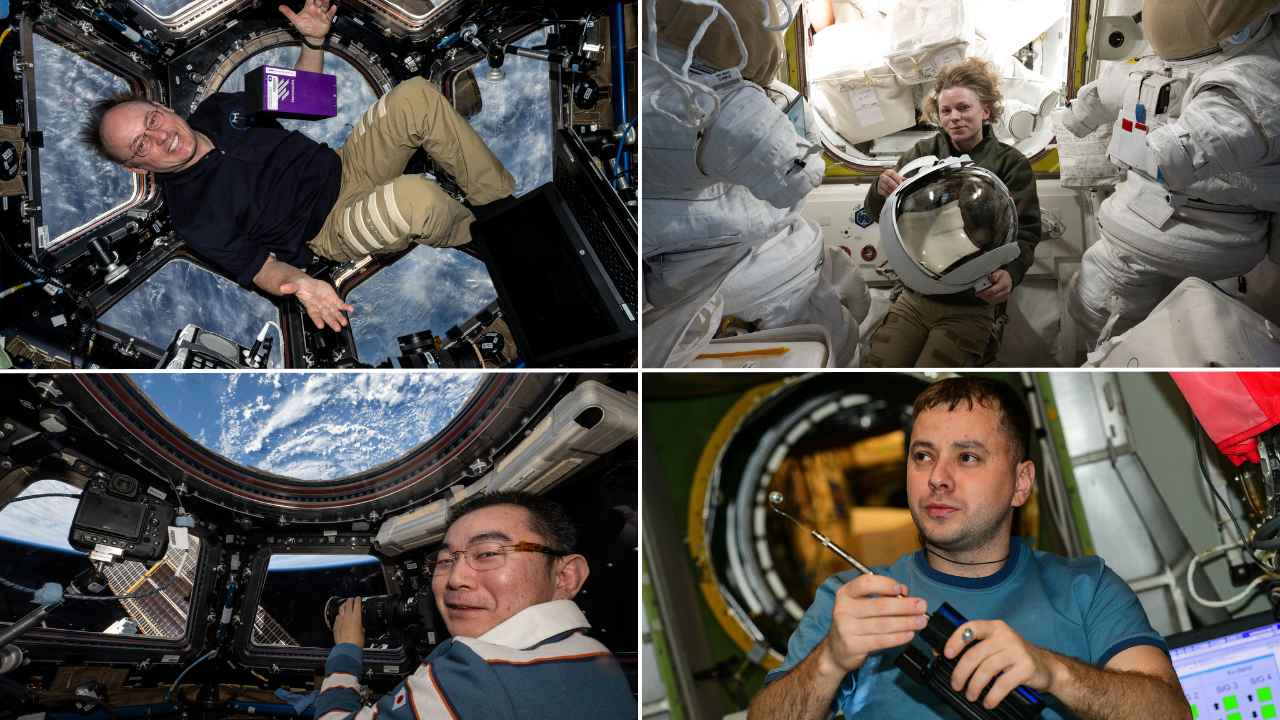'Good Luck!' Astronaut Tells Youngsters Tackling Lego Space Challenge
An astronaut on the International Space Station (ISS) sent a good-luck message to FIRST Lego League teams around the world as they take on the challenges of space exploration.
FIRST (For Inspiration and Recognition of Science and Technology) aims to inspire students' interest and participation in science, technology, engineering and math (STEM) fields. This year's FIRST Lego League and FIRST Lego League Jr. competitions encourage students to explore the challenges of living in and traveling through space. ['Women of NASA' Lego Set: Q&A with Creator Maia Weinstock]
Alexander Gerst, a German astronaut for the European Space Agency, wished students luck in a video from the orbiting lab on Aug. 1.
"I would like to wish good luck to all FIRST Lego League Jr. and FIRST Lego League teams around the world," Gerst said in the video. "I am very excited that over 55,000 teams from all over the world will explore space during the Mission Moon and Into Orbit season — and I can't wait to hear more about the innovative ideas and solutions you will come up with."
This year marks the 30th season of the competition. Every year, FIRST Lego League releases a new challenge, which is based on a real-world scientific topic and consists of three parts: the robot game, the project and the core values.
Each team consists of up to 10 children and at least two adult coaches. In order to complete the challenge, teams must solve a real-world problem (the project) and program an autonomous robot using Lego Mindstorms technology, all while following the FIRST Core Values of discovery, inclusion, innovation and fun, according to the FIRST Lego League Challenge page.
For this year's robot game, teams will attempt to complete a series of space-themed tasks, such as growing food in space, fighting muscle atrophy in orbit and collecting samples.
Breaking space news, the latest updates on rocket launches, skywatching events and more!
The FIRST Lego League Jr. Mission Moon Challenge encourages students from age 6 to 10 to learn more about the Earth's moon and what humans would need to live there. The Into Orbit Challenge targets children from age 9 to 14, tasking them with exploring the physical and social problems associated with long-duration space flight. The teams should also propose solutions for any issues they identify.
"Whether it's for the robot game or the project, remember to work as a team, making the best of all the different skills you have — just like we do at the European Space Agency and here on board of the International Space Station," Gerst said in the video. "I wish you all the best from the ISS. Good luck and have fun."
Team registration for both programs is now open online.
Follow Samantha Mathewson @Sam_Ashley13. Follow us @Spacedotcom, Facebook and Google+. Original article on Space.com.

Samantha Mathewson joined Space.com as an intern in the summer of 2016. She received a B.A. in Journalism and Environmental Science at the University of New Haven, in Connecticut. Previously, her work has been published in Nature World News. When not writing or reading about science, Samantha enjoys traveling to new places and taking photos! You can follow her on Twitter @Sam_Ashley13.

